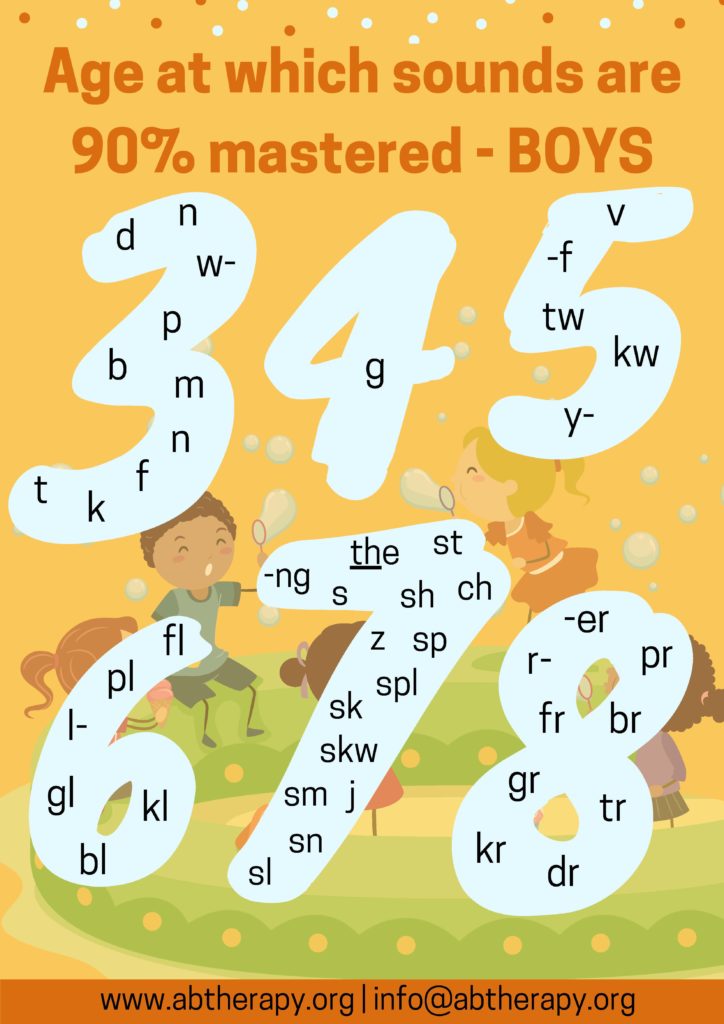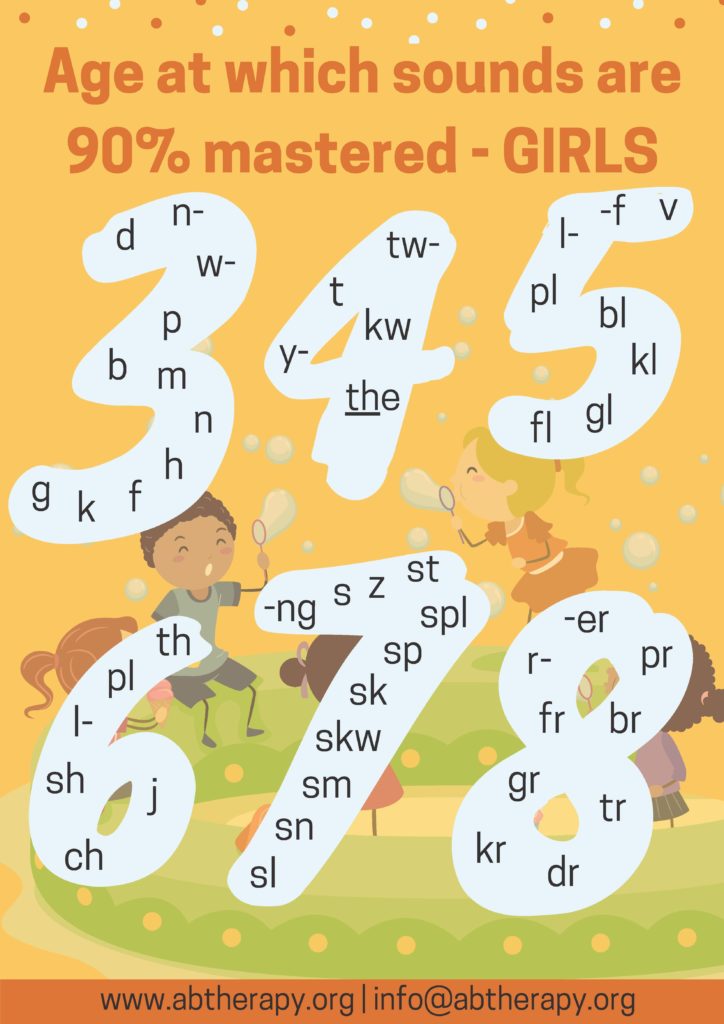

Children of various medical backgrounds and history may be appropriate candidates for orthotic devices. Many varieties are available based on necessity and presentation of the child. The most common types seen with children are supramalleolar orthosis (SMO) or dynamic ankle foot orthosis (DAFO). Both are designed to fit into a shoe. The SMO comes up just over the anklebone. The DAFO may vary in design but usually comes up over the calf with a Velcro strap that wraps around the lower leg. They are not meant to “hold” the foot in a proper position but rather more flexible models use compression to enhance proprioception, engaging more ankle strategies used in balance and locomotion.
Arches in the feet are flat in a baby and toddler. Studies are inconclusive in comparison as to what average age the arch matures. Some report 4-5 years old, however another states 6-7 years old or even as old as 10 or 11. Arch appearance alone may not indicate if an orthosis is necessary. Poor alignment may justify orthoses. Poor alignment moves from the feet, to the ankles, to the knees, to the hips, etc. Children may often present with clumsiness or frequent loss of balance. Physical characteristics will vary from mild to very involved. First note the position of the ankle. The ankle may roll inward and the knees may drop in and possibly touch. The Achilles tendon should appear straight up and down, without slanting. Toes work to gain feedback for balance with intermittent gripping. Excessive or nonexistent toe gripping is not present in a normally aligned foot. In addition toes should be straight and not drift outward. Asymmetry in the feet, ankles, or legs, especially muscle girth, is also an indicator.
Orthoses can be appropriate prior to walking. One study found significant improvements in crawling, kneeling, standing, walking/running, and jumping skills. The orthoses help to create a stable base of support. For children with low muscle tone, the earlier they begin wearing orthoses, the better. For those children with high muscle tone, their functional abilities are indicative of when orthoses would be appropriate. They may have a range of motion issue and the orthoses can help promote maintaining that range. One study found just a small amount of support of the foot improved stride length and early use promoted better gait quality and skill emergence in children with Down Syndrome. Another study using a similar population found overall improvements in postural stability as well as improvement in less complex skills over a long duration.
Michelle Maynard, DPT References: